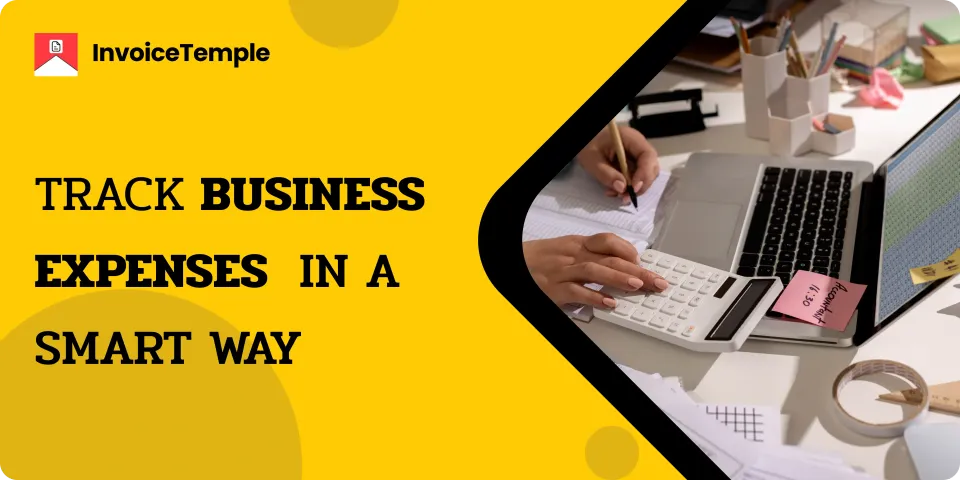Need to Track Business Expenses? Start with an Expense Report

Imagine a scenario: You are starting a boutique. Initially, you own a sewing machine and its accessories. You are implementing the designing and stitching process as a solo person, and this process is done from home. As days pass, the business grows, and you hire skilled tailors for work, purchase new machines, and rent a space for work, among other things. Now, what do you think about the expense? Are the expenses that you have while running the business as a solo person and as an organization the same? No, the business expenses have increased from before.
When expenses have increased, they must be tracked properly so that the business finances can be managed well. Creating the business expense reports serves as the key to reimbursing your business as well as your employees. As managing the business expenses and creating corresponding reports are crucial, they must be done accurately. This blog provides a closer look at the expense reports and their generation process.
An Overview of Expense Reports:
Expense reports are documents that list the details about the expenses that the business has paid or incurred. It can be created as journals or updated as Google Sheets, online software, etc. It helps in tracking every cent of the business's spending.
Key Elements to be Included in an Expense Report:
An expense report must show an overview of the business spending. So, even a single piece of information must not be missed, because each detail provides better clarification in the tracking process. The key elements that must be included in an expense report are as follows.
1. Employee Details: In some cases, the employee spent their own money for business needs and may apply for reimbursement. This must be recorded in the expense report, including the details of the employee, what and how much they spent, how much money is reimbursed, etc.
2. Vendor Details: This detail includes the information of the vendors from whom your business purchases goods. This helps in creating the estimate for the next purchase if it is going to be done with the same vendor.
3. Expense Category: The business has different types of expenses, and categorizing these expenses is crucial for effective tracking. So, while creating the expense report, categorize the expense.
4. Expense Date: The date on which the expense is fulfilled must be entered in the expense report. This assists you greatly in tracking purpose and creating financial plans for better business development.
5. Expense Amount: This includes the subtotal amounts of the expenses and the total amount of expenses. The total amount of the expenses includes the tax amount and extra charges.
Different Types of Expense Reports:
The expense reports depend on their size and the time frame. Some types of expense reports are mentioned below.
One-Time Expenses: This type of expense happens only a single time. There will be no chances to incur this expense again. Some one-time expenses in business include emergency expenses, purchasing machinery, etc.
Long-Term Expenses: This includes the expenses that happen quarterly or yearly. Examples of long-term expenses include paying leases, bank loans, etc.
Recurring Expenses: Recurring expenses are the type of expenses that list the purchases that happen weekly, monthly, and yearly. The business will be in a compulsory situation to pay for these expenses. Examples of this recurring expense are paying rent for the workspace, paying electricity charges, etc.
While creating the expense report, include all the documents like invoices, receipts, etc. Add all the expenses that occur, enter the accurate amount, and leave a clarifying comment. This will allow you to check the report for accuracy and start running your business by tracking the expenses. This expense report creation and tracking process can be done using expense management software.
